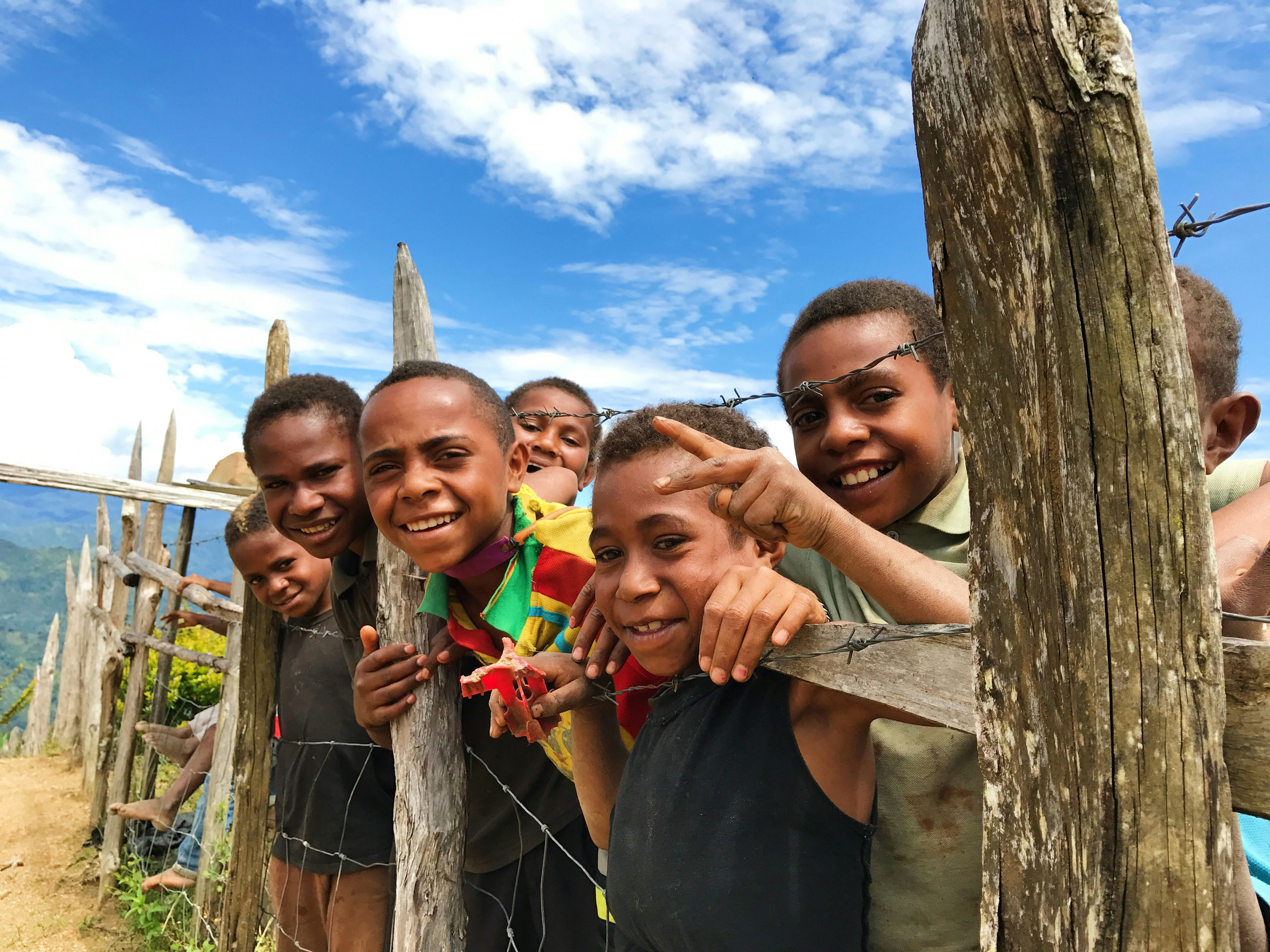
On October 10, 2019, public and private donors pledged an unprecedented US$ 14 bn to the Global Fund. The money will help save 16 million lives, avert 234 million infections and mobilize US$ 46 Bn in domestic investments.
So, what does this mean for the fight against malaria in Asia and the Pacific? The Global Fund’s allocation criteria are based on each country’s disease burden and economic capacity and are refined to account for contextual factors through a qualitative adjustment process.
In December 2019, the Global Fund revealed the allocations for countries and regional grants across the world. Asia and the Pacific has been allocated more than US$ 500M for malaria programs.
A comparison between the 2017-19 and 2020-22 allocations show that the total amount is close to identical. However, there are some key changes that are worth noting.
Papua New Guinea and Solomon Islands both saw large increases in their allocations, with a surge of 70% and 83% respectively. In addition, in 2019 the Global Fund announced the Malaria Elimination in Melanesia Initiative (MEMTI), which makes available an additional US$25 M for Papua New Guinea, Solomon Islands, Vanuatu and Timor-Leste. Although MEMTI funds are not guaranteed, it is likely that the initiative will lead to even greater allocations to the targeted countries.
In South Asia, Bangladesh and Pakistan both saw the largest cuts to their allocations with decreases of 25% and 12% respectively. The near-elimination countries Bhutan and Nepal saw modest decreases of funding, but largely remain at similar levels as in 2017-19. India’s allocation remained the same.
In the Greater Mekong Sub-region (GMS), the Global Fund doubled down on its commitment to the Regional Artemisinin Elimination Initiative (RAI3E), a regional grant covering Thailand, Vietnam, Lao PDR, Cambodia and Myanmar. Encouraged by the astonishing success in bringing down malaria cases and deaths in the region, the Global Fund committed a total of US$231 M. Although this represents a slight decrease of 5%, it is still the largest regional Global Fund grant in the world.
Two countries, Sri Lanka and the Democratic People’s Republic of Korea (DPRK) didn’t receive allocations in 2020-22. Sri Lanka, declared malaria-free by WHO in 2016, has now transitioned from the Global Fund financing. For DPRK, the Global Fund discontinued funding in 2018, but resumed activities in mid-2019. At this time, it is unclear whether the previous allocation to DPRK is deemed enough to cover activities in 2020-22.
Finally, it is worth noting that between 2012 and 2020, Asia and the Pacific countries close to tripled domestic budget allocations to malaria programs and associated services. There are large variations, but the trajectory is positive across countries.
With the Global Fund’s continued commitment to malaria programs, we have a real chance to stay the course and end malaria by 2030.
Comparative table
Country
Allocation
2017-2019
Allocation
2020-2022
Afghanistan
$ 20,804,874
$ 24,306,935
Bangladesh
$ 26,800,004
$ 20,100,000
Bhutan
$ 1,432,470
$ 1,374,353
Cambodia
$ 43,000,000
$ 25,026,215
India
$ 64,340,114
$ 65,000,000
Indonesia
$ 53,644,897
$ 40,233,680
Lao (Peoples Democratic Republic)
$ 13,300,000
$ 7,241,081
Myanmar
$ 96,200,000
$ 50,119,602
Nepal
$ 4,208,547
$ 4,156,410
Pakistan
$ 39,232,844
$ 34,424,659
Papua New Guinea
$ 22,063,118
$ 37,534,289
Philippines
$ 10,662,806
$ 7,997,113
Solomon Islands
$ 4,394,588
$ 8,031,136
Thailand
$ 23,300,000
$ 11,978,184
Timor-Leste
$ 7,951,925
$ 7,593,719
Viet Nam
$ 32,600,000
$ 16,180,102
Sri Lanka
$ 2,500,000
------
Korea DPR
$ 7,590,429
------
Regional Artemisinin Initiative 2 and 3 (RAI)
$ 34,000,000
$ 120,000,000
MEMTI
------
$ 25,000,000
Total
$ 508,026,616
$ 506,297,478
Notes
Regional Artemisinin Initiative 2 and 3 (RAI2E and RAI3E)
Funding for RAI2E and RAI3E consists of both catalytic funding and country allocations. The catalytic funding, US$120M in 2020-22, for RAI3E will be apportioned between countries and regional activities during grant negotiations. Hence, the final country allocations for Vietnam, Thailand, Myanmar, Cambodia and Lao PDR will be higher than listed in the table.
The number that shows RAI2E funding for 2017-19, US$34M, only represents the regional activities (as part of grant negotiations in 2017, the remainder of the catalytic funding was apportioned to countries).
MEMTI
In June 2019, the Global Fund set aside US$25 million of additional funds for malaria elimination in four countries: Papua New Guinea, Solomon Islands, Vanuatu and Timor-Leste. The funds are in addition to the regular Global Fund allocations to these countries. Countries can access MEMTI funds by presenting proposals that address comprehensive strategies, including health system strengthening efforts and potential interventions beyond the health sector to eliminate malaria. In addition, countries must identify different sources of funding to finance these elimination strategies for the next three years, including from domestic sources, loans or grants from development financing institutions and other donors.
Strategic Initiative Funding
It is also worth noting that the Global Fund has committed US$343M for strategic initiatives, some which may support malaria programs in Asia and the Pacific. For a full list of the initiatives, see link.
.svg)


.jpg)






